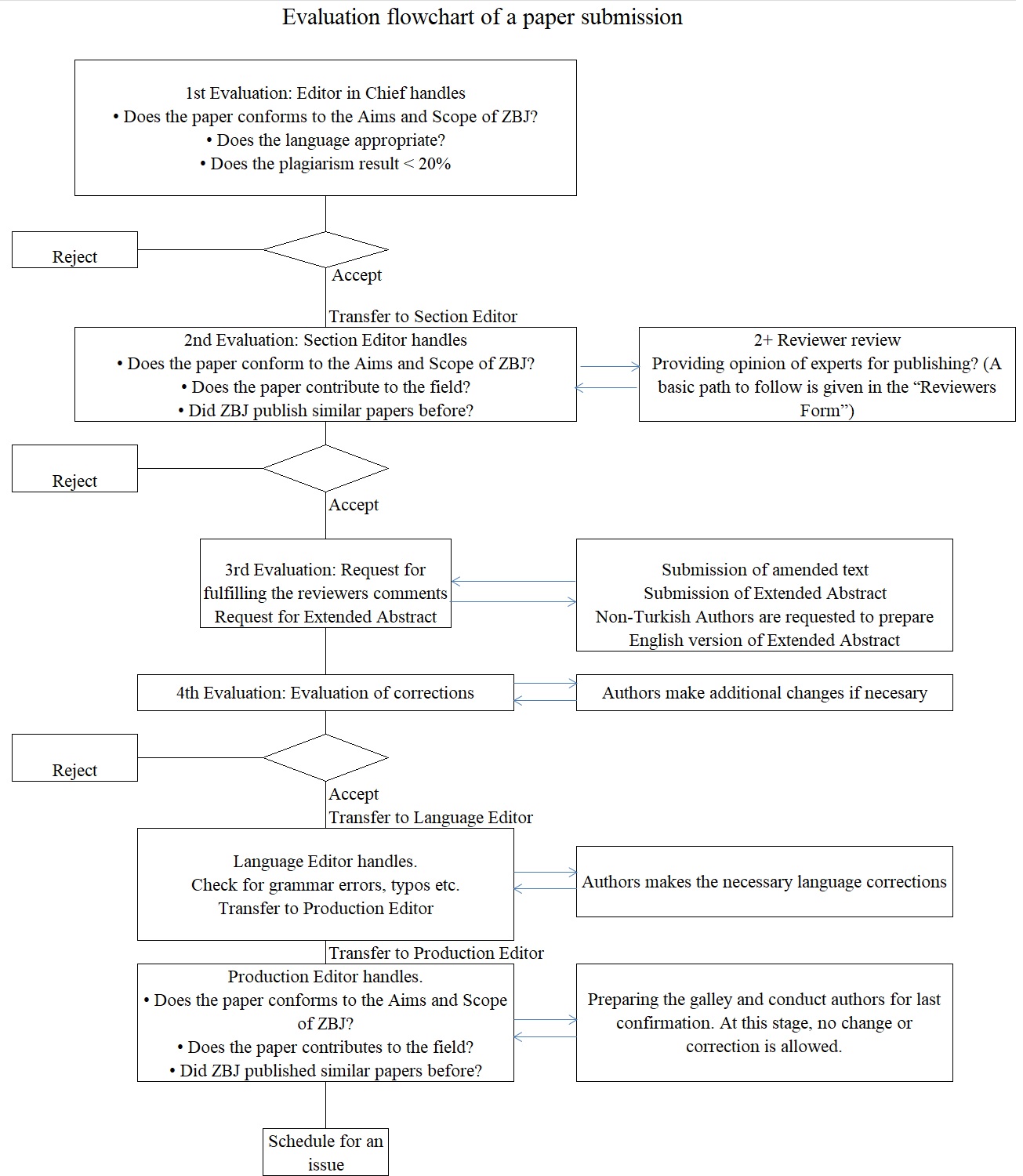ZeroBuild Journal Goes Global! | Call for Volunteers: Business Development, Partnerships & Outreach Department
We are establishing a dedicated "Business Development, Partnerships & Outreach Department" to create a global web of knowledge. We are looking for ambitious young researchers (MSc, PhD candidates, or early-career academics) who want to be more than just spectators in the scientific world—we want those who are ready to build bridges.


